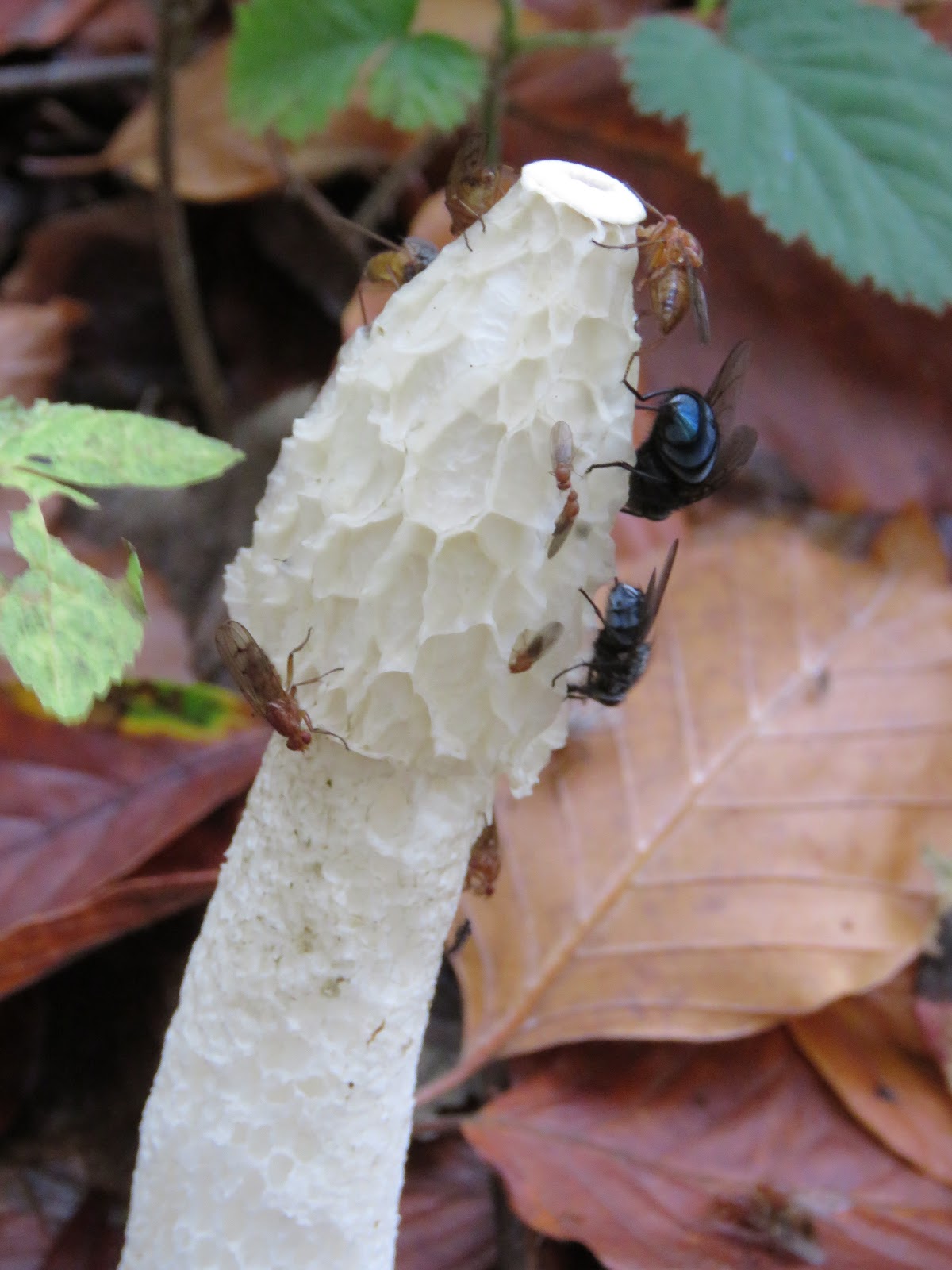#BWKM0 - it's sort of back

So the government have spoken. We are entering the second lockdown. We are being asked to make essential journeys only. Unlike lockdown during the Spring, I am not going to suggest the way that birders should act on this advice, but my personal response will be to only bird from home by foot. There is no scientific rationale behind it, but I will not be getting into a car to carry out my birding. I will start tomorrow (November 1st) and stop on December 2nd, when the projected lockdown will end. During this time I will keep a list of the birds that I record. It will be my way of helping out to the cause of slowing down the virus. During the 6-week spring lockdown I recorded 70 species that were seen just from the garden. Can I match that? Let's see... #BWKM0 became a bit of a thing back in March - started by an Italian ornithologist to gather some camaraderie amongst locked-down Italian birders, it gathered pace and was adopted across the world. This very blog hosted over 60 garden...












